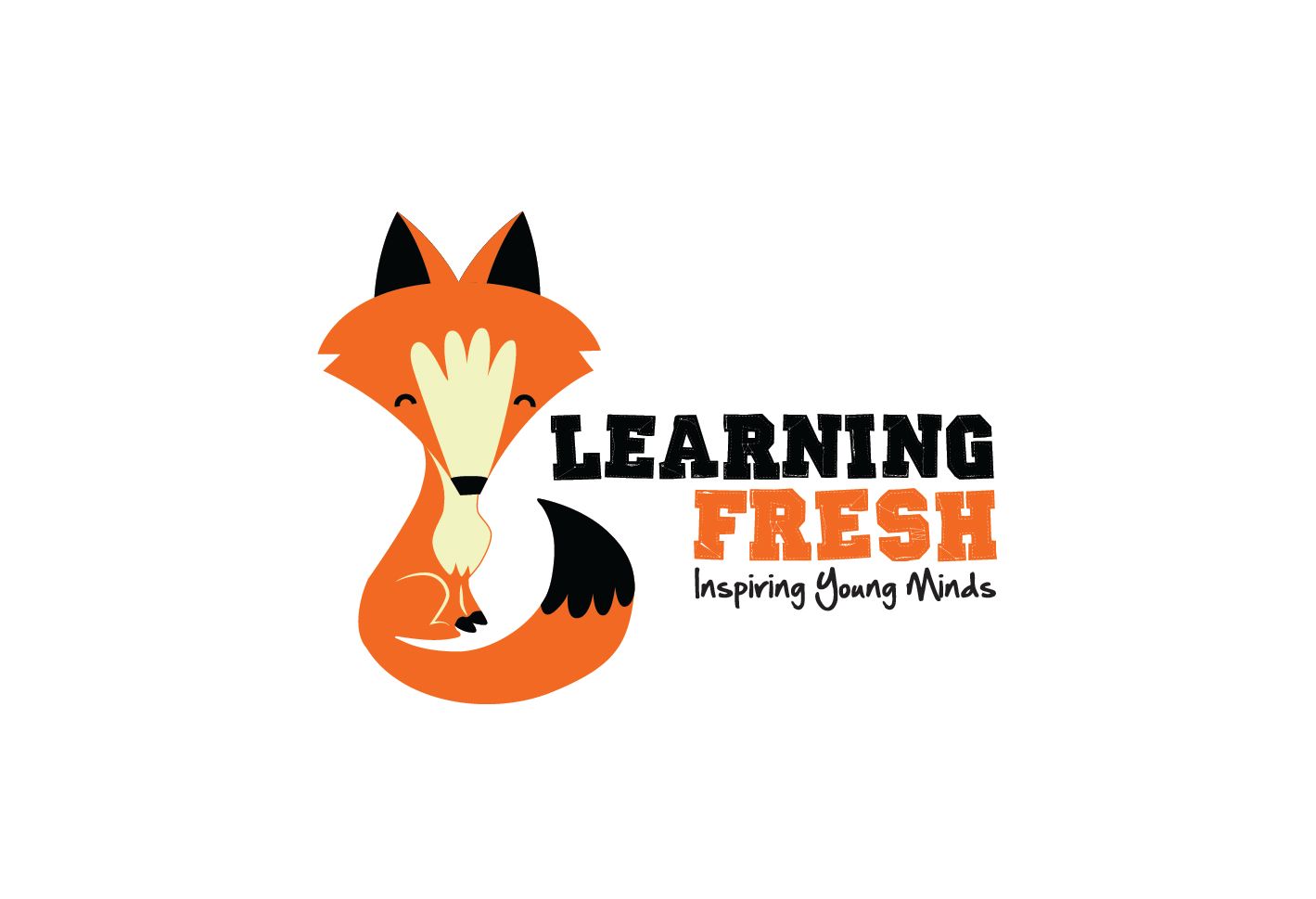Comparing Online vs. Traditional Education Methods in Malaysia
Introduction to Education in Malaysia
The educational landscape in Malaysia has undergone significant transformations over the past few decades. With the advent of technology, the debate between online and traditional education methods has become a focal point for educators, students, and policymakers. This comparison aims to shed light on the advantages and challenges of both methods, helping stakeholders make informed decisions.
Malaysia's education system is diverse, offering students a range of options from public schools to private institutions, and more recently, online platforms. While traditional education has been the mainstay for years, online education is rapidly gaining traction, especially in the wake of the COVID-19 pandemic.

Traditional Education Methods
Classroom Environment
Traditional education in Malaysia typically involves face-to-face interaction within a classroom setting. This method fosters a structured environment where students can directly engage with teachers and peers. Interactive learning through discussions and group activities is a hallmark of this approach.
Advantages of Traditional Education
One of the main benefits of traditional education is the ability to build social skills through direct interaction. Students learn to communicate effectively, work collaboratively, and engage in debates. Additionally, the structured schedule helps instill discipline and time management skills.

Online Education Methods
Flexibility and Accessibility
Online education offers unparalleled flexibility, allowing students to learn at their own pace and from any location. This method is particularly beneficial for those who have work commitments or reside in remote areas where access to quality education is limited.
Technological Integration
The integration of technology in online education enhances learning experiences through multimedia tools, interactive modules, and virtual simulations. This method encourages self-directed learning and enhances digital literacy among students.

Challenges and Considerations
Resource Availability
While online education offers numerous benefits, it also presents challenges such as the need for reliable internet access and appropriate technological devices. In contrast, traditional education may face limitations in terms of resources and outdated teaching methods.
Student Engagement
Maintaining student engagement can be challenging in both settings. Online platforms may struggle with ensuring active participation, while traditional classrooms might find it difficult to cater to diverse learning needs effectively. Innovative teaching strategies are essential in both methods to keep students motivated.

Conclusion
Both online and traditional education methods have unique advantages and challenges. The choice between them largely depends on individual preferences, learning styles, and circumstances. As Malaysia continues to evolve its educational strategies, a blended approach that combines the strengths of both methods could offer the most comprehensive solution for future generations.
Ultimately, the goal should be to create an inclusive learning environment that accommodates diverse needs while preparing students for a rapidly changing world.
